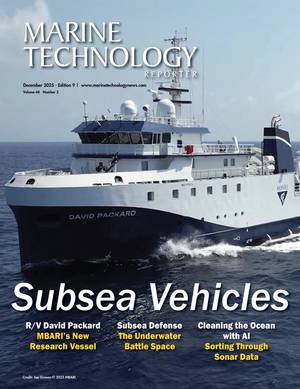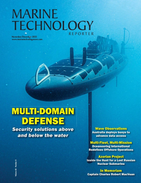Cesium Traces to Identify Fish Migration Patterns
It is widely known that for at least two weeks after Japan’s Fukushima Dai-ichi nuclear reactors were damaged by a massive earthquake and subsequent tsunami on 11 March 2011, large quantities of radioactive material leaked directly from the plants into the Pacific Ocean. A study by scientists from Stanford University’s Hopkins Marine Station and Stony Brook University’s School of Marine and Atmospheric Sciences (SoMAS) revealed that Pacific Bluefin tuna (Thunnus orientalis) carried traces of radioactive isotopes from Japanese waters to the waters off California. The research additionally pointed out that cesium traces from Fukushima’s radioactively contaminated water found in fish are potentially a very useful tool to trace the origin and timing of animal movements.
Pacific Bluefin tuna caught off the coast of California have been found to have radioactive contamination from Fukushima’s contaminated water that reached the sea. Pacific Bluefin tuna are known to be great travellers and would have picked up the pollution while swimming in Japanese waters, before travelling to the eastern Pacific. The scientists were adamant that the fish would still be perfectly safe to eat as their contamination is within acceptable levels. Nicholas Fisher, a professor of marine sciences at Stony Brook and colleagues reported their study in the journal Proceedings of the National Academy of Sciences in 2012. They examined the muscle tissues of 15 Bluefin tuna (Thunnus orientalis) taken from waters off San Diego in August 2011. The parents of these Bluefin tuna would have spawned them in Japanese waters and they would spent one to two years in local waters before moving on to their normal feeding grounds in the eastern Pacific.
All the fish examined in the study showed elevated levels of radioactive cesium isotopes 134 and 137. Cesium-137 is present in seawater anyway as a result of the fallout from atomic weapons testing, but the two year half-life of caesium-134 means the contamination can be tied directly to Fukushima. According to the scientists there is no other explanation for the isotope's presence. The measured concentrations were about 10 times the total cesium radioactivity seen in tuna specimens taken from before the accident. As a control, the team also examined Yellowfin tuna, which are normally limited to the eastern Pacific, and they showed no difference in their pre or post-Fukushima concentrations. The levels of radioactivity are well within permitted limits, and below those from other radioisotopes that occur naturally in the environment, such as potassium-40. The research team also believes the investigation should be extended to other migratory species that frequent Japanese waters. Because of their very predictable decay rates, the cesium isotopes and their ratio to each other can be used like a clock to pin point when a particular species migration took place.
Migration track of a tagged Pacific Bluefin tuna
Pacific Bluefin tuna range



















 December 2025
December 2025



